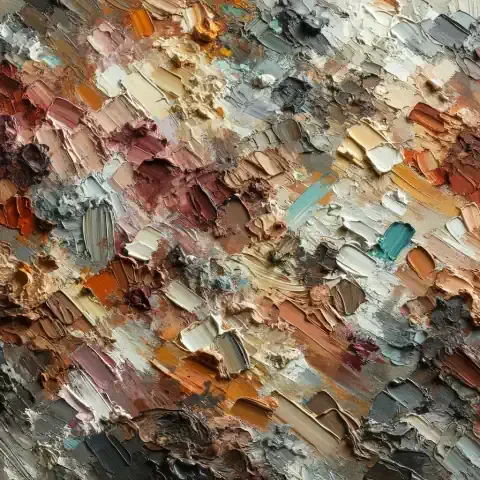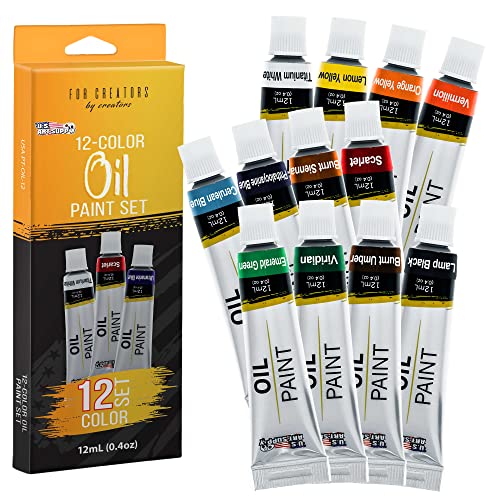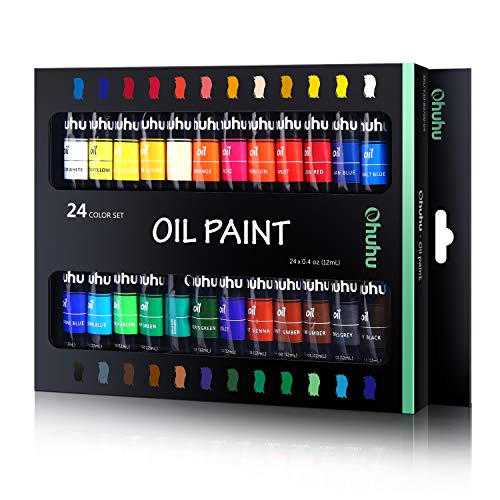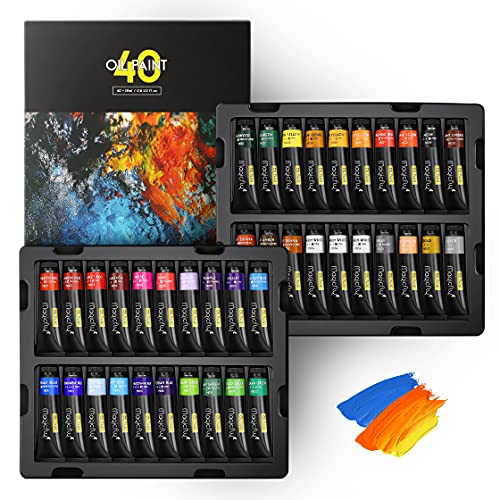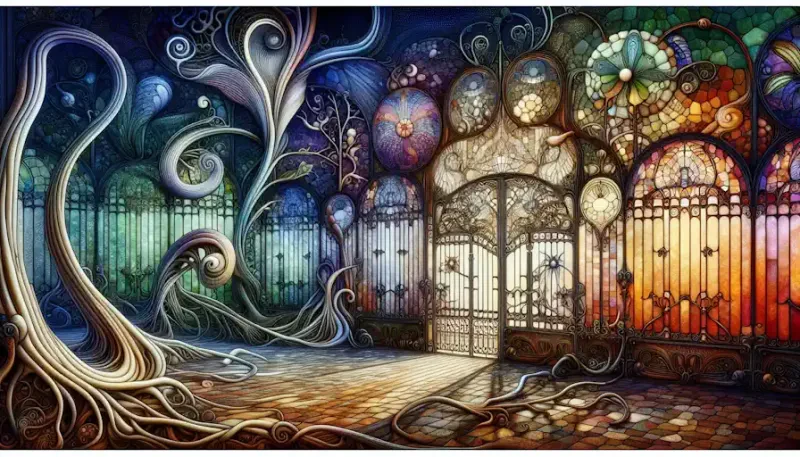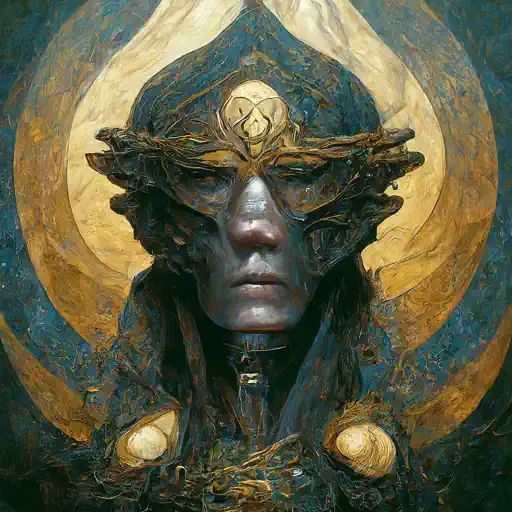Art, in its most expressive forms, transcends the traditional boundaries of medium and technique. It is a realm where the tactile qualities of materials merge with the vision of the artist to create something truly unique. In the pursuit of such uniqueness, artists around the world have been exploring and incorporating a vast array of unconventional materials and techniques into their work. This exploration not only challenges the norms but also enhances the sensory experience of the artwork. Here, we delve into the fascinating world of unique art materials, examining how texture and technique come together to form extraordinary pieces of art.
The Essence of Texture in Art
Texture in art is more than just a visual element; it's a tactile experience. It is the way a piece of art feels when touched, and sometimes, even the illusion of how it might feel. Texture adds depth and dimension to artwork, making it more engaging and immersive. Artists use textures not only to portray realism but also to evoke emotions and create a sensory bond with the viewer. From the roughness of a chipped paint surface to the smoothness of polished metal, every texture tells a story, adding layers of meaning to the artwork.
Unconventional Materials: A New Palette for Artists
In recent years, artists have been pushing the boundaries of traditional art materials. Moving beyond oil paints and watercolors, they are now experimenting with everything from recycled plastics to organic matter. For instance, some artists use textured paper made from natural fibers, which adds an organic feel to their work. Others might incorporate materials like sand, stones, or leaves, directly engaging with nature in their creative process. These materials are not just chosen for their aesthetic appeal but for the stories they tell and the conversations they spark about the environment, sustainability, and innovation.
Recycling and Upcycling: Art with a Conscience
The growing awareness of environmental issues has led many artists to adopt a more sustainable approach in their work. Recycling and upcycling have become significant themes in the art world, with artists using discarded items to create pieces that are both beautiful and thought-provoking. This approach not only gives new life to waste materials but also delivers a powerful message about consumption and waste. By transforming everyday objects into art, these artists challenge viewers to see the beauty in the mundane and the potential in the discarded.
The Dance of Light and Color
Another fascinating aspect of using unique materials in art is the interplay of light and color. Unusual paints, reflective metals, and even digital mediums offer artists new ways to play with light and color. Some artists use iridescent paints that change color based on the angle of light, while others might incorporate light-emitting diodes (LEDs) into their artwork for a dynamic effect. These materials allow artists to create artworks that are not just visually striking but also interactive, changing and evolving with the viewer’s perspective.
Blending Tradition with Innovation
While exploring new materials, many artists also delve into traditional techniques, blending them with modern approaches. For instance, an artist might use digital printing techniques on handmade paper or combine ancient weaving techniques with contemporary synthetic fibers. This blend of old and new not only bridges generations of artistic expression but also creates a dialogue between different cultures and eras.
The exploration of unique art materials is a journey into the heart of creativity. It is where tradition meets innovation, and the familiar meets the extraordinary. Artists who venture into this territory not only expand the boundaries of their own creativity but also invite viewers to experience art in a new and more engaging way. Whether it's through the tactile quality of unusual materials, the environmental message in recycled art, or the mesmerizing interplay of light and color, these artworks challenge us to see the world differently. They remind us that art is not just about what we see, but also about what we feel, touch, and experience.
In a world increasingly dominated by digital experiences, this tactile and textured approach to art offers a refreshing and necessary counterpoint. It encourages us to reconnect with the physical world, to appreciate the beauty of materials, and to recognize the potential in the unconventional. As we continue to explore and appreciate these unique art materials, we not only enrich our understanding of art but also of the world around us.
